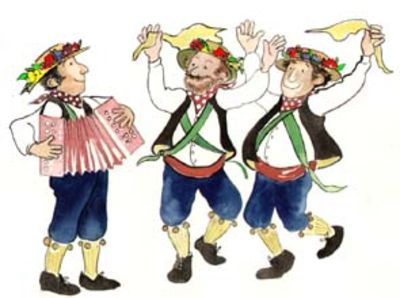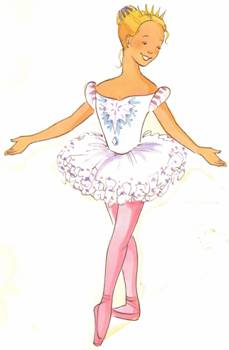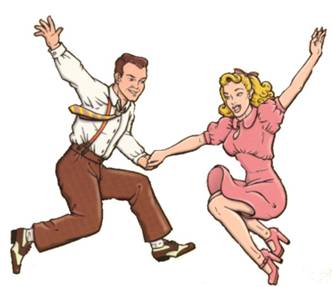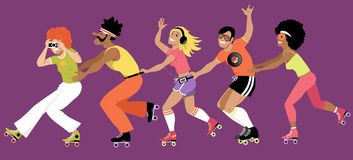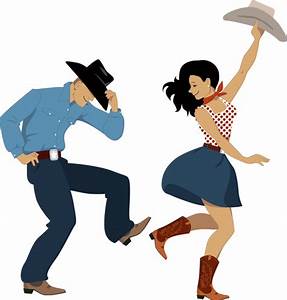
Salty Sam’s Fun Blog for Children
Number 475
Mudskippers
Hello Everyone

A few weeks ago, l told you about mangrove swamps and how important they are to the world and also about how there were very many different creatures that depend upon them.
One of the strangest and most fascinating animals that live in mangrove swamps and muddy estuaries (river mouths) is the mudskipper.
Mudskippers are cute, little fish that can walk around on land. ln fact, they spend well over half their time out of water.
They can live up to a week out of water.
When you learn about evolution, you learn about how life started in the seas but then eventually sea creatures started to crawl up onto the land and adapt to living in the air.
Well, mudskippers are similar to those first amphibians which were to later evolve into dinosaurs and then reptiles and mammals.
Mudskippers have gills like fish, so they can breathe underwater but they also have large gill chambers which store water and this enables them to breathe when they are on land – they bring a store of water to breathe from whilst they are out in the air.
They have to regularly fill their mouths with water. They can absorb oxygen through the lining of their mouth and throat.
They can also absorb oxygen through their skin like a frog; but in order to do this they must keep their skin wet which is why you will see them rolling around in the wet mud to acquire a coating of moisture.
They are only able to live in humid and moist habitats.
Mudskippers are found in Australia, Africa, Papua New Guinea, Southern China and Japan and some Pacific islands.
Even the largest species of these amphibian fish only grow up to about 20cm in length. They are a greeny-brown colour.
Most species feed on plankton and algae. Some feed on food they find in the mud like crustaceans, insects and small animals.
A mudskipper has large, globe-shaped eyes sitting on top of its flat head. They are the first part of the body to poke out of the water if it comes to the surface. The eyes can move in different directions. They actually see better in the air than under water. Below the eyes are small reservoirs that hold water and the eyes dip into these when they become dehydrated.
There are three main kinds of mudskippers. The largest mudskippers feed mostly on crabs. The medium-size ones live in swamps and live their lives alone. They even build walls of mud around themselves to define their territory. The smallest spend most of their time in water and sift through the mud at the water’s edge looking for food.
Mudskippers can jump around on the mud by flexing the rear part of their body and flicking their tail. They can jump over 50cm across the ground.
They can prop themselves up on land by using the fins on the side of their body; they look like little arms. lnside are bones which make the fins stiff enough to allow the fish to ‘walk’ about on land. Some mudskippers can even climb up mangrove roots and tree branches.
Males will also do press-ups to impress females!
![]()
They spend most of their time in burrows which can be both in land and water as the tide goes in and out.
Low tide is the time to come out and look for food. The fish like to stay close to their burrows for safety. lf a predator like a bird or snake is on the lookout for a meal, they need to dart to safety quickly.
Mudskippers are born in the burrows as larvae and float out into open water where they will grow into full-sized fish after about a month. Then they return to the mudflats.
They will not survive living constantly in water; they will drown.
They can live to be over five years old.
Mudskippers are sometimes kept as pets and as fish go, they are full of character. They can even be trained to take food from their owner’s fingers.
But their requirements are very exact. lt is very difficult to reproduce an intertidal, humid, mangrove swamp in your home!
lf you like my blog, please support it by telling all your friends and followers about it.
Thank you!
And see you again next Fun Friday!
Love and kisses
Salty Sam

www.christina-sinclair.com


Bill and Bob’s Joke of the Week![]()
![]()
Bill: One fish says to the other, “l am thinking about going online and surfing the net, but l hear it’s very dangerous for fish.”
Bob: That is a very bad fish joke Bill.
Bill: Sorry! l feel vey gill-ty about that.

Salty Sam © Christina Sinclair 2015
Unauthorized use and/or duplication of material from this blog without express and written permission from this blog’s author and owner is strictly prohibited.
Links may be used to www.christina-sinclair.com

Picture Gallery
 The evolution of the animal world took a long time
The evolution of the animal world took a long time
 Mangrove swamp
Mangrove swamp
 Mudskipper
Mudskipper
 Mudskipper
Mudskipper
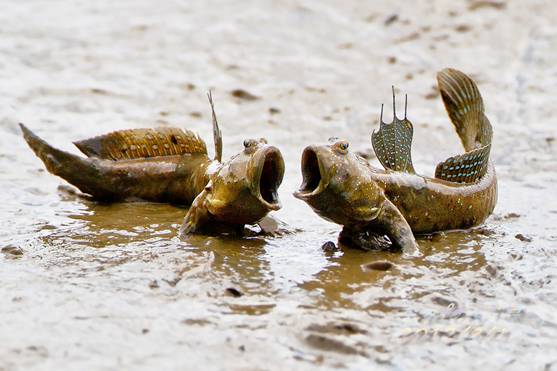 Mudskippers
Mudskippers
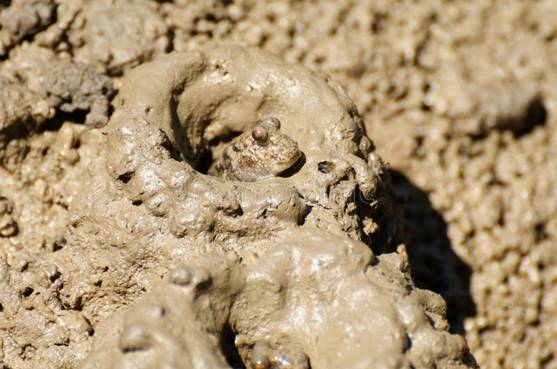 Mudskipper
Mudskipper
 Climbing mangrove roots
Climbing mangrove roots


 THE SALTY SAM NEWS DESK
THE SALTY SAM NEWS DESK

This week we have another of Bill and Bob’s general knowledge quizzes for you.
They have called it their spring quiz because the answers all start with the letters that spell out the word ‘spring’.
S – The country that flamenco dancing comes from
P – The country whose capital city is Lisbon
R – The first country to put a man in space
I – The most sparsely populated country in Europe
N – Another name for Holland
G – The world’s largest island


*********************
TO ADVERTISE ON THIS BLOG
PLEASE CONTACT:
christina.sinclair.ads@aol.co.uk
*********************

 Quick Quiz
Quick Quiz
Can you work out what these dances are?
- M_r_i_
- b_l_e_
- j_v_
- c_n_a
- h_p h_p
- l_n_ d_n_i_g
- s_l_a




lt’s the Weekend!

HOW TO MAKE A CUTE LlTTLE OCTOPUS
This octopus is very cute.
Don’t pull the legs out if you want them to remain curly.
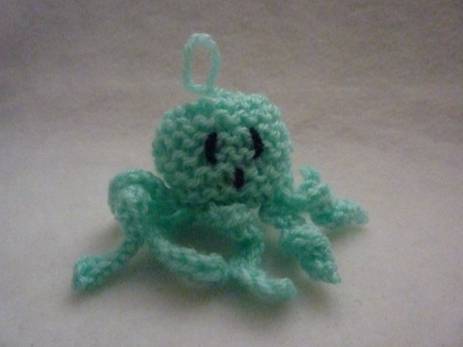
BASE (KNIT ONE)
Using 4mm knitting needles and green dk yarn cast on 30 stitches
Cast off
Roll the knitting into a coil sewing it together as you go and sew across it again and again to make a solid disc
BODY (KNIT ONE)
Using 4mm knitting needles and green dk yarn cast on 20 stitches
Knit 14 rows of garter stitch
Don’t cast off
Cut off your yarn leaving enough for sewing up the back seam and thread it through the stitches
Pull the stitches in tight and sew up the back seam using over-sew stitching with wrong sides together
Turn the head the right way out
Stuff the head
Embroider a face on the head using black yarn working in from the stuffing
Sew the base into place to hide all the ends of the black yarn
Attach a yarn loop to the top of the head
LEGS (KNIT EIGHT)
Using 4mm knitting needles and green dk yarn cast on 15 stitches
Cast off
Sew the legs on around the base of the octopus
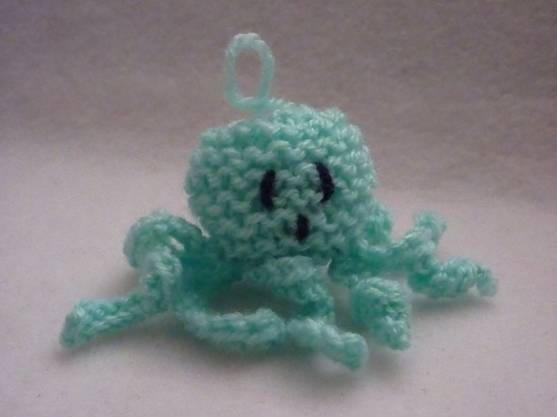
Please note that the material on this blog is for personal use and for use in classrooms only.
It is a copyright infringement and, therefore, illegal under international law to sell items made with these patterns.
Use of the toys and projects is at your own risk.
©Christina Sinclair Designs 2015

Answers to the News Desk Quiz
Spain
Portugal
Russia
Iceland
Netherlands
Greenland
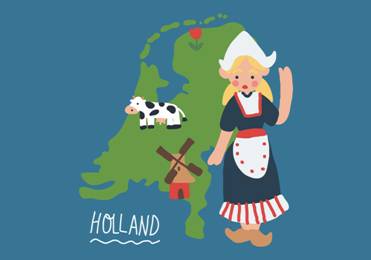
Netherlands


Quick Quiz Answers
- Morris
- ballet
- jive
- conga
- hip hop
- line dancing
- salsa
